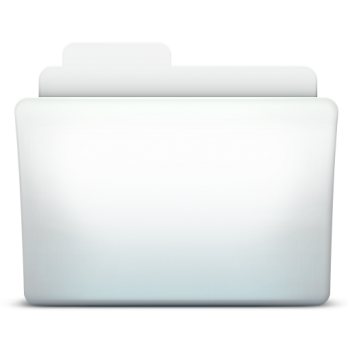
The choice of a fishing line is based on equipment, lures and the assumed size of the desired fish.




Nowadays traditional monofilament is used mainly in trolling due to its flexibility and bindability.
- In trolling, a good diameter for monofilament line is about 0.30-0.40 mm.
- In ice fishing, fishermen use thinner lines, 0.10-0.30 mm depending on the size of the desired fish.
- In salmon rowing, you use monofilament lines of over 0.40 mm.
Braided fishing lines are used in almost every type of casting. The most important factor when choosing a braided line is diameter. If the diameter is appropriate for the fishing method in question, the line will also be strong enough.
In Ultra light (UL) fishing, the lightness and sensitivity of equipment and lures require lines as thin as possible, 0.06-0.12 mm.
In light class 1 -fishing and cast jigging, you can choose braided lines of 0.10-0.17 mm
For heavier jigging and more traditional lure casting, choose braided lines of 0.15-0.25 mm.
For casting heavy lures and for vertical jigging, choose a heavier braided line with a diameter of 0.25-0.30 mm.
When casting bigger and heavier pike fishing lures, Shads and Jerks, it is recommended to use more durable and thicker braided lines. Choose a braided line with a diameter of 0.35-0.45 mm.
Fluorocarbon lines are usually used as leader lines. In cast jigging, for example, it's good to use a leader made with a fluorocarbon line of 50-100 cm to protect the line against sharp edges of rock etc.
Some fishermen favour fluorocarbon lines of 0.45-1.0 mm as bite guards for pike. Also fly fishermen favour fluorocarbon since it is heavier than water, sinking faster than a normal monofilament line made of nylon. Fluorocarbon is also less visible in the water, which makes it excellent leader material when fishing with thin lines and small flies.
Compared to traditional monofilament and braided lines, the abrasion resistance of fluorocarbon is in class of its own, making it excellent leader material. Fluorocarbon lines are more expensive than monofilament lines, but the price is appropriate considering the costs of fabrication and the characteristics of the material. Fluorocarbon is not affected by UV exposure, so it is not degraded by the sun over time. Notice also that fluorocarbon doesn't decompose at all, so it is important to take all the line parts with you when leaving. This concerns, of course, all the lines.
 оценки
оценки